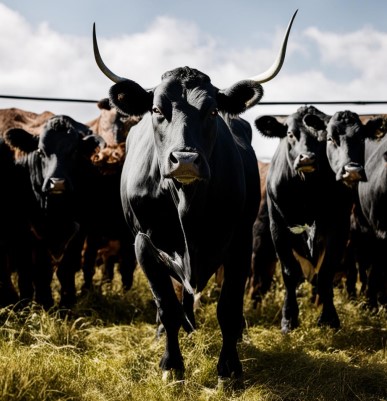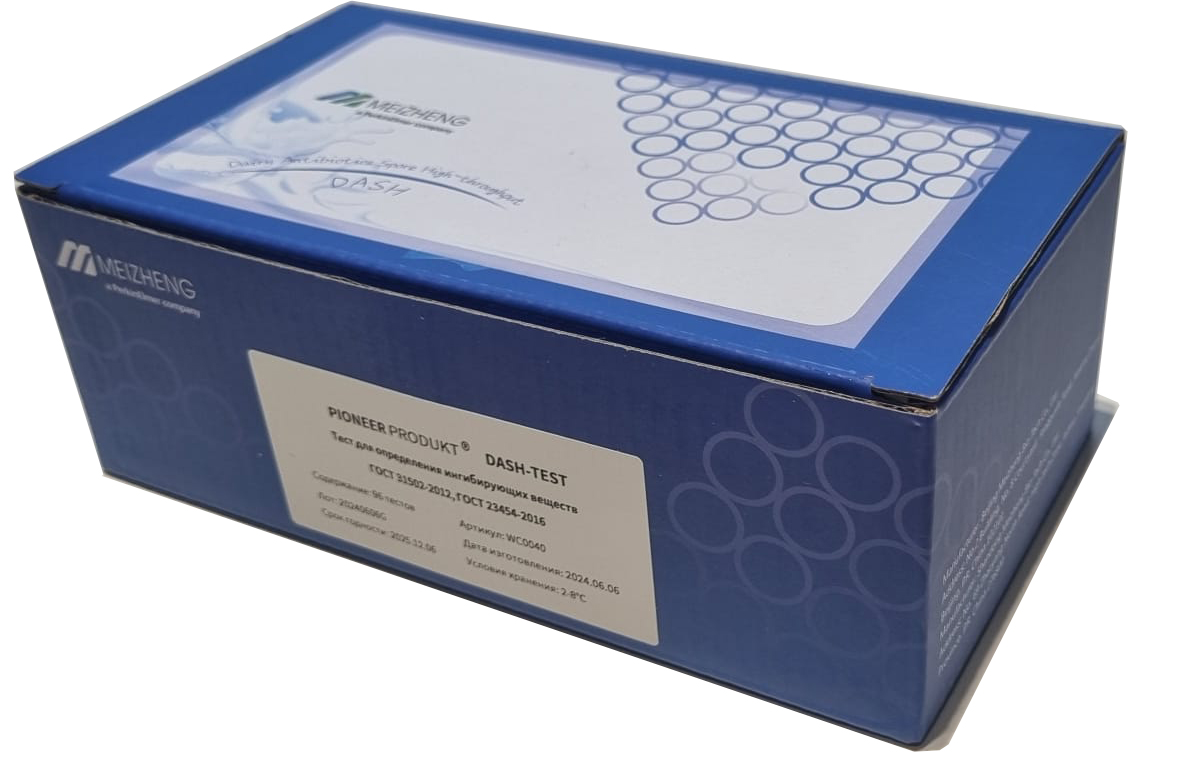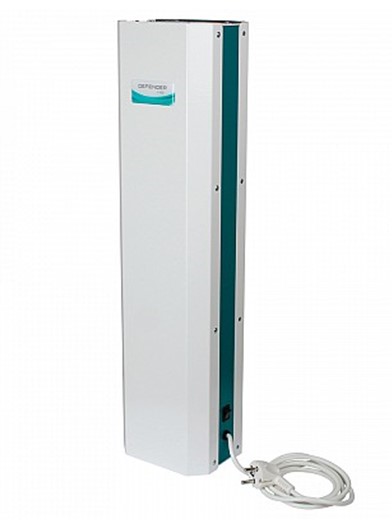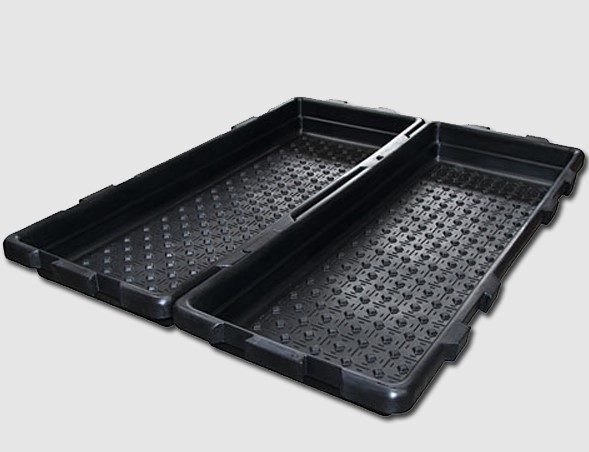What are the key trends facing pork producers in 2025?
1. Status Quo in US Herd HEALTH
The U.S. pork industry continues to cope with significant health challenges, including porcine reproductive and respiratory syndrome (PRRS), porcine diarrhea virus (PEDv), increasing sow mortality rates, and other diseases impacting welfare and productivity.
it appears we are somewhat static right now regarding the overall health of the swine herd heading into 2025. The industry is in the midst of PRRS season, and an increase in PRRS cases could prepare herds for other disease challenges such as influenza, mycoplasma, and other respiratory diseases.
The economic impact continues to grow. A new analysis from Iowa State University found that economic losses from PRRS have grown to $1.2 billion over the past 10 years.
Sow mortality rates of up to 16-18% or unplanned culling are worrisome. This is too much. The causes of sow mortality or abandonment can be complex and varied, and several diseases and management issues can contribute to the problem.
We also see diarrhea in piglets before weaning. In my experience, we need to encourage monitoring at farrowing and make sure thatpiglets immediately find their way to the sow's udder to receive colostrum within the first 30 minutes. Receiving a full dose of colostrum results in fewer diarrhea problems and other illnesses in the piglet's life.
PEDv cases appear to be increasing across the country, and swine deltacoronavirus cases are also trending upward. Like most viruses, the increase correlates with cooler weather.
The industry is interested in eradicating PEDv in the U.S. using the pseudorabies eradication model of the late 1990s; pseudorabies virus was successfully eradicated in the U.S. (although it was officially declared eradicated in 2002). Stakeholders, including colleagues in CANADA, are looking at lessons learned from the pseudorabies project and what protocols can be built on from individual farms that have eliminated porcine PEDv.
Eliminating POED is not just a pig health issue, it is a human mental health issue and a labor retention issue because it is terrifying to go through a POED outbreak on a sow farm where most of the losses are newborn piglets in the farrowing room.
Takeaway: While all stakeholders are working to improve animal health at the farm, regional, and national levels, it is important to learn from each other about ways to adapt herd management and health protocols to improve outcomes.
2. Manpower management, training and education
According to the National Pork Producers Council, hog farm employment has declined since 2021 despite higher wages, competitive advantages, and high demand for workers.2 Hiring and retaining caregivers is important to a hog farm's success.
Providing the right kind of training and education can help with employee satisfaction and retention. Introducing new employees to experienced workers in the barns helps them learn skills such as identifying pigs that may need extra attention or veterinary treatment . Classroom training can be effective if combined with and reinforced by hands-on experience so that new employees can apply what they learn.
Ongoing training for long-term employees can also help develop and foster a culture of professional growth.
Bottom line: Long-term investments in workers will help sustain our industry.
3. Industry profitability is moving into the positive direction
After more than two years of economic losses, some relief appears to be in sight in 2025. In the fourth quarter of 2024 , the industry’s economics began to turn negative, with profits expected to be in the range of $5–$12 per pig. It will take some time to recoup the lost capital.3 Exports have also been a bright spot, with global exports up 5% or 7% in value through September 2024.4 Some input costs have also become more favorable.
Conclusion: Producers are resilient and continue to manage other inputs to maximize return on investment.
4. Automation of barns simplifies routine tasks on the farm
Pressure Washing Robot? Pressure washing is one of the least favorite jobs on the farm, but new automation technologies can take over the job. I recently visited a farm that had just purchased a pressure washing robot and was setting it up for use. Everyone was eager to test the robot to automate this chore.
In the area of automation, the greatest advances have been made with alarm sensors, such as those that monitor food , fans, or feeding and watering systems. Many farms rely on these sensors to monitor their environment remotely.
For pig health, sensors are coming to market that can monitor a pig’s temperature or activity level. With these tools, producers and veterinarians can identify potential health problems early, before clinical signs become apparent.
Conclusion: Automation and technology are revolutionizing every industry, including pig farming, and promise to improve welfare and management practices.
5. Foreign animal diseases on the doorstep
African swine fever ( ASF ) remains a serious threat to the global pig industry. Despite ASF being detected on the Caribbean island of Hispaniola (Dominican Republic and Haiti) in 2021, North America has maintained its ASF-free status.
In recent years, the U.S. has stepped up efforts to prevent and prepare for an outbreak. Federal and state animal health officials, along with industry partners, are working to prevent ASF through biosecurity programs, funding animal disease programs, and securing ports of entry, among other measures.
Plans to combat a potential outbreak of ASF will also apply to other foreign animal diseases such as classical swine fever and foot-and-mouth disease.
The U.S. industry is learning a lot from ASF outbreaks around the world, especially in Vietnam and Germany. Denmark has set up a biosecurity system on its border with Germany to ensure that pig transport vehicles can cross the border without spreading the ASF virus.
Conclusion: U.S. stakeholders must remain vigilant and maintain strict on-farm measures to protect their herds from endemic diseases and threats from foreign animal diseases.



























































